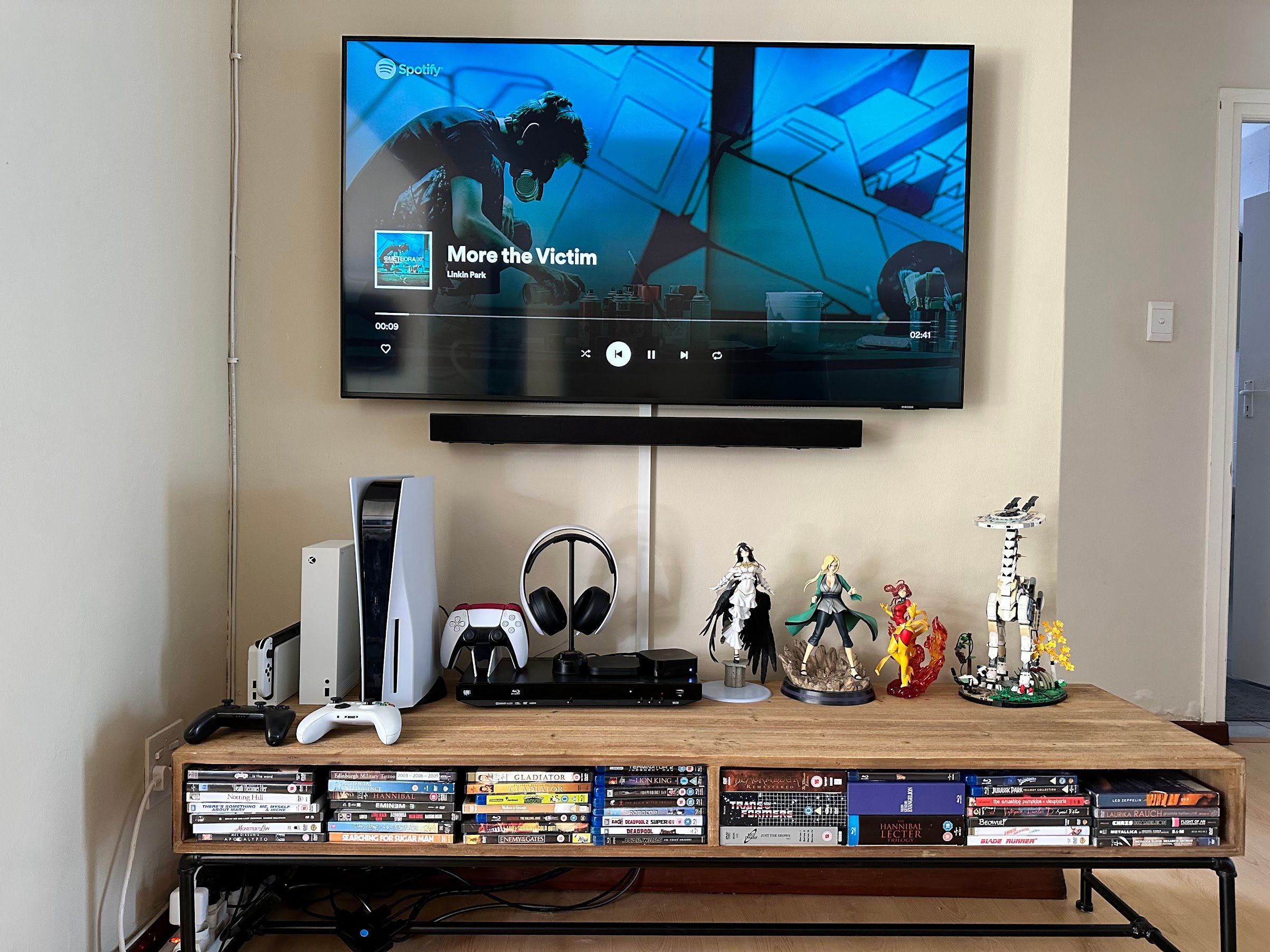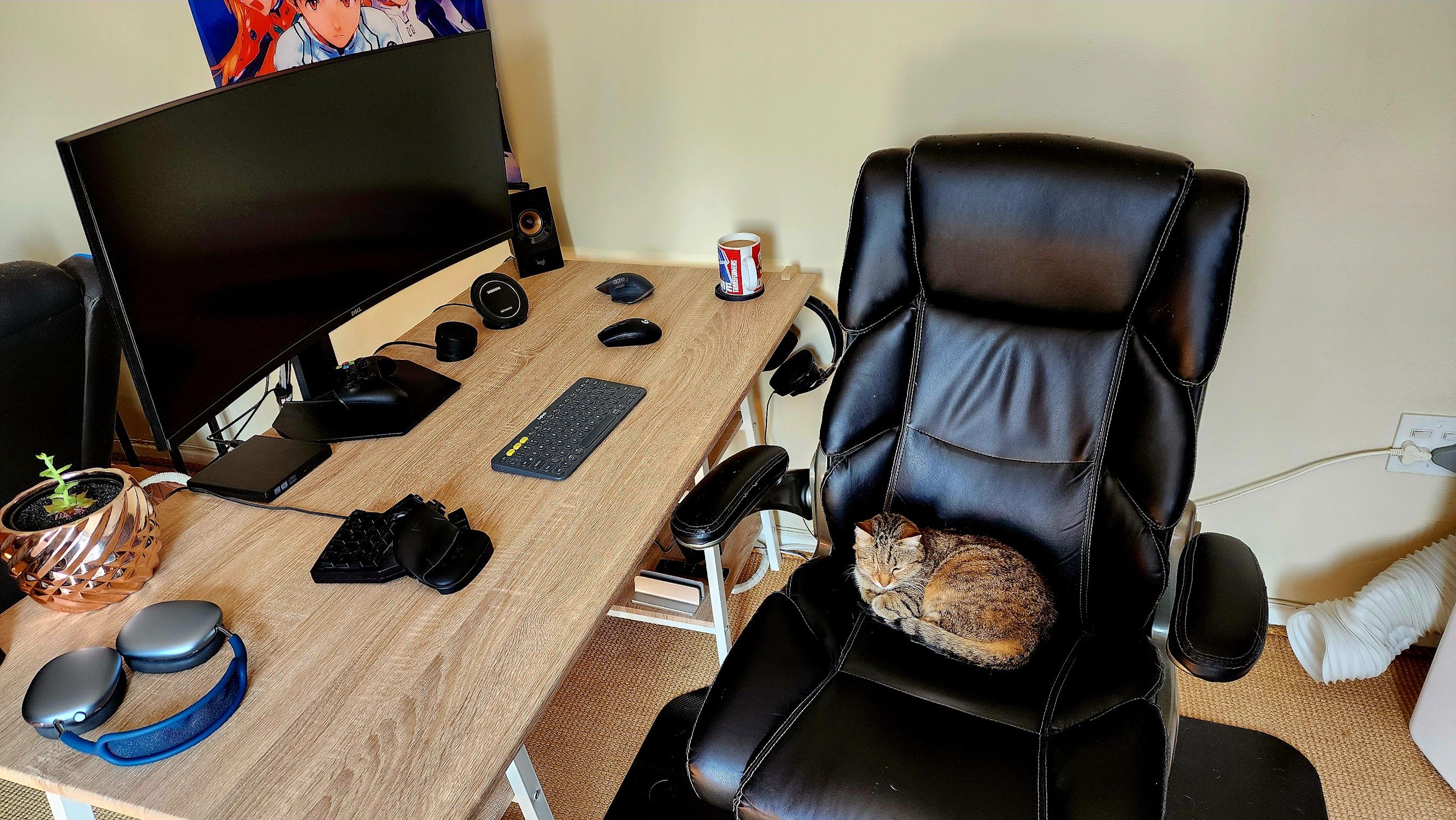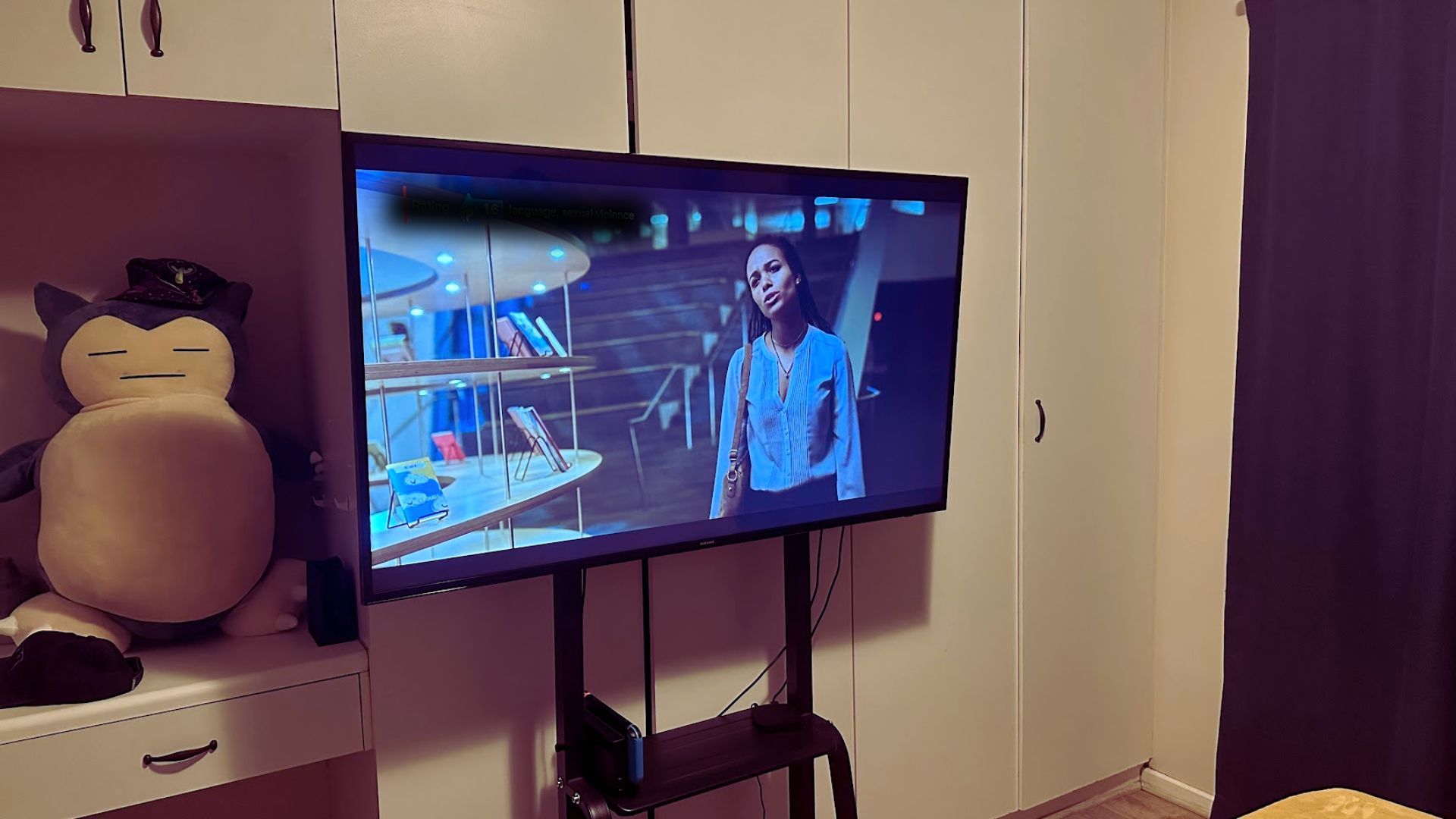I am not a frequent upgrader of my displays, and I have a tendency to keep them around. This means I have a situation where my newest screens tend to end up next to (or close by) my old ones.
Why is this a problem? Because it makes it very obvious what the shortcomings of my (perfectly functional) older screens are, and that’s a dangerous situation for my wallet.
I Made the Mistake of Upgrading Some of My Screens
It all started when I bought our first OLED TV in late 2023. OLED TVs had simply been too expensive up to that point, and our TVs were working fine, so I wasn’t too fussed. However, the 75-inch Samsung we were using in the living room had died just one month past its warranty. So needing a new TV ASAP I bought an entry-level 55-inch Samsung QLED, since we’d moved into a place with a smaller living room, and the 75-inch had actually been far too big for comfortable viewing.
Unfortunately, my wife simply could not stand that QLED TV for some reason, so I decided to finally bite the bullet and replace it with a 55-inch LG CS OLED from 2022. The QLED went into my office where my PS5 had been running on my PC monitor, and the OLED went on the wall.
Connected to the latest Apple TV 4K device with Dolby Vision, this TV simply blew us away. Movies, shows, and console games have never looked better. The problem is that now when I switch from watching something on the OLED to watching or playing on my QLED, it looks way uglier! The thing is, the picture quality of the QLED isn’t ugly at all, it’s just ugly in comparison. Yet, it’s driving me nuts.
The OLED wasn’t the only infiltrator into my otherwise peaceful life. I upgraded both my iPad and MacBook to new models that use exquisite mini LED panels.
That’s great for my mobile work setup, which is my MacBook and iPad using SideCar, but when I have my Mac tethered to my VA panel DELL ultrawide, having to glance between these two screens is jarring.
Notably, if I’m just playing PC games on my ultrawide it all looks fine. Good even. It’s just when you put them side-by-side that my brain plays its cruel tricks on me.
My “Old” Screens Are Actually Still Pretty New
The really sad bit is that none of my other screens are that old. The QLED is from 2021, and the Ultrawide from the late 2010s. They still have many years of life left in them, it’s just that sometimes I can’t even look at them anymore.
I don’t want to slip into becoming the video equivalent of an audiophile (yes, a videophile) but it’s not something you choose, it’s just something you discover about yourself while trying to watch Andor in a dark room, but you can ignore the poor panel uniformity of an LCD.
Screen Tech Had Some Big Leaps in a Short Time
A part of the problem here is that I bought some of my display tech right before and right after screen technology got a serious kick in the pants. That entry-level Samsung QLED, for example, doesn’t have any local-dimming, even though models higher up in the same series do. Even worse, it’s edge-lit, which rapidly fell out of favor right after that.
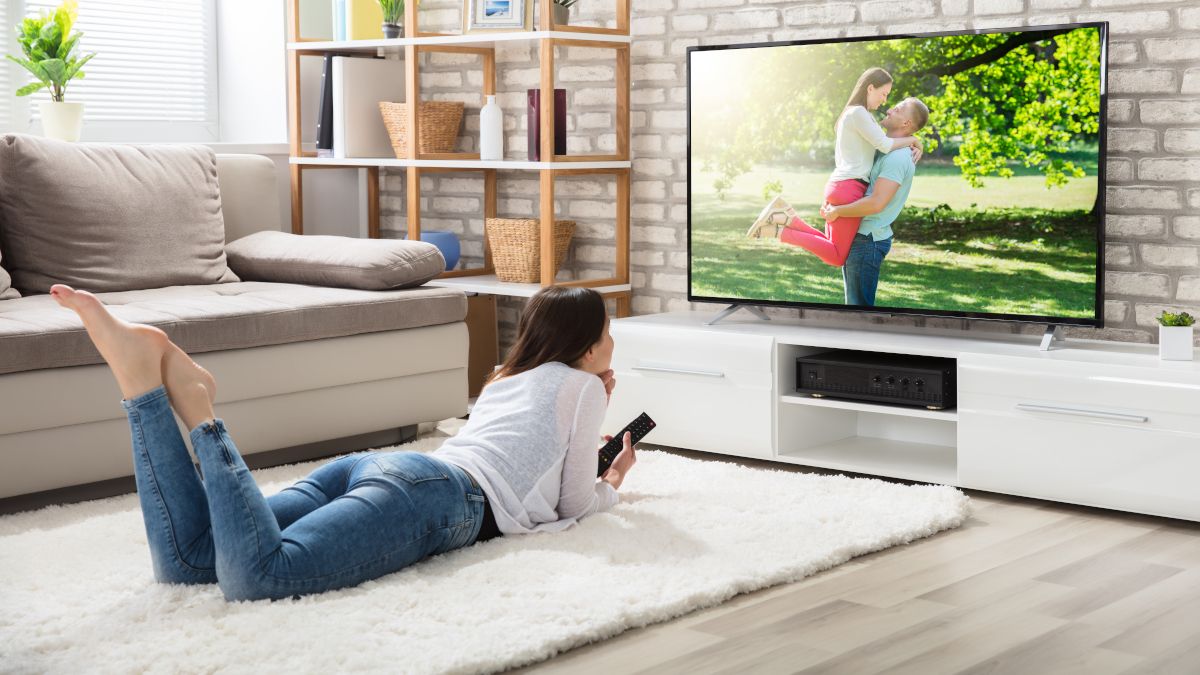
Related
Today, you can buy entry-level mini LED TVs for significantly less than my QLED cost, and they will absolutely massacre it in comparison when it comes to picture quality.
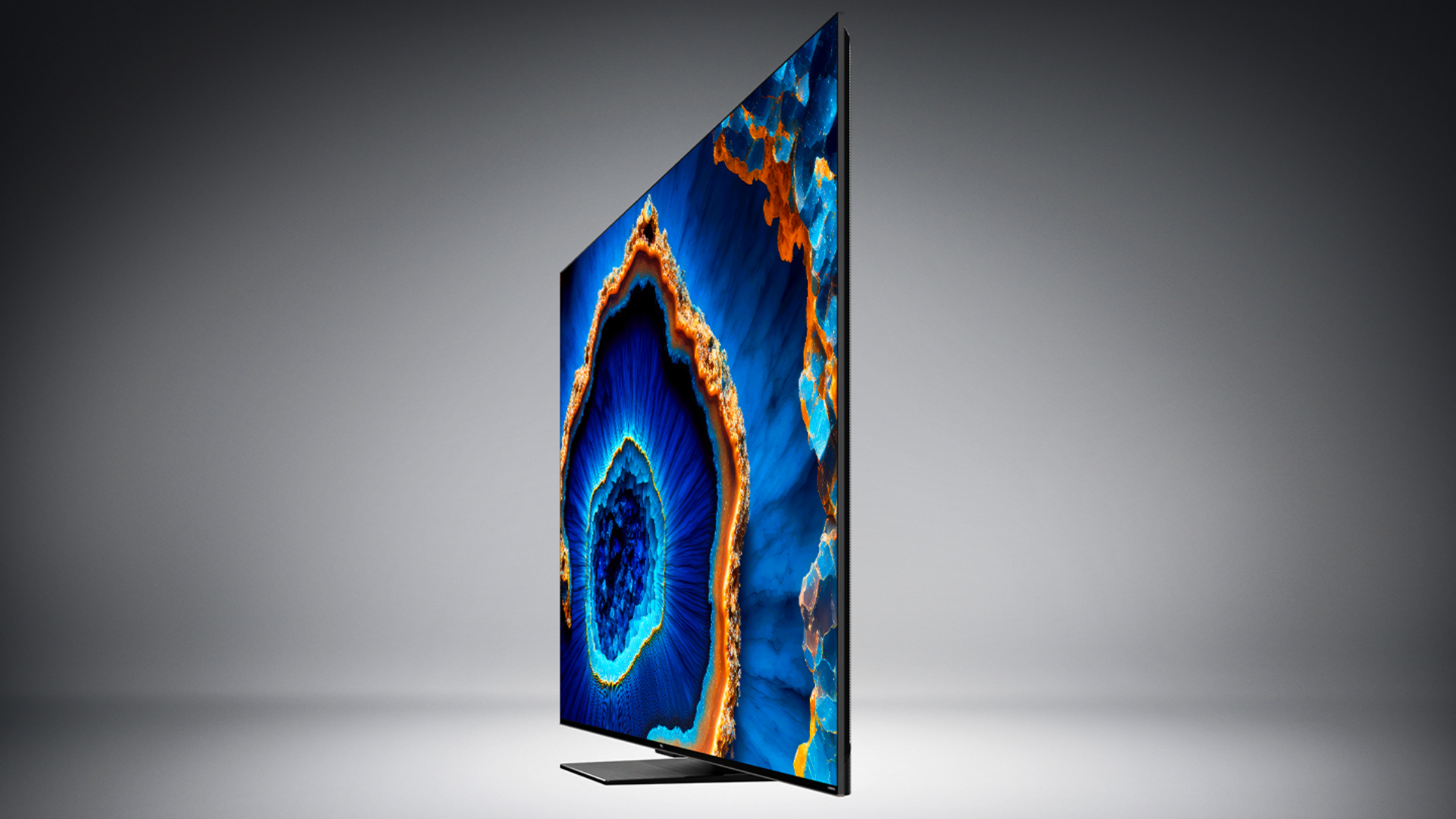
Related
These Entry-Level miniLED TVs Are Revolutionizing Picture Quality for Everyone
Is there any reason to spend more on a TV?
Similarly, the rise of more affordable QD-OLED panels for PC monitors has happened pretty recently. You can get an equivalent-sized QD-OLED monitor for the same price I paid for my VA panel ultrawide monitor when it was new. That’s a colossal leap in value for money, even if these monitors aren’t “cheap” in an absolute sense.
Of course, I generally hold to the rule that if you’re going to wait for the next big thing before you buy, you’ll be waiting forever. At some point you have to make a decision, and sometimes, in retrospect, your timing was just bad.
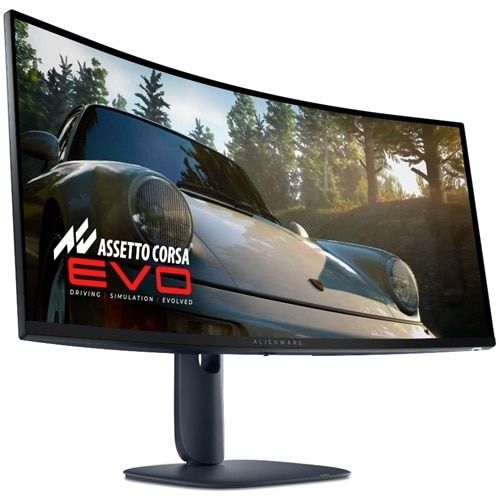
- Brand
-
Alienware
- Screen Size
-
34-inches
A 34-inch 1440p QD-OLED curved ultrawide monitor with a 240 Hz refresh rate and a small base that reduces its desktop footprint.
Moving From New to Old Screens Is Becoming Painful
That said, for whatever psychological reason, I deal with daily, low-level irritation when I switch between a more modern screen I own, and a model using older technology. This isn’t a situation where the new thing is slightly better, but it’s obviously better and on multiple fronts. It makes me feel like I don’t want to use the stuff I spent my hard-earned cash on.
So I have to resist the urge to throw what little money I have at this issue, just so I can be a little less annoyed. It would be far cheaper to simply accept and appreciate my older stuff for what it does well, rather than what it does poorly.

